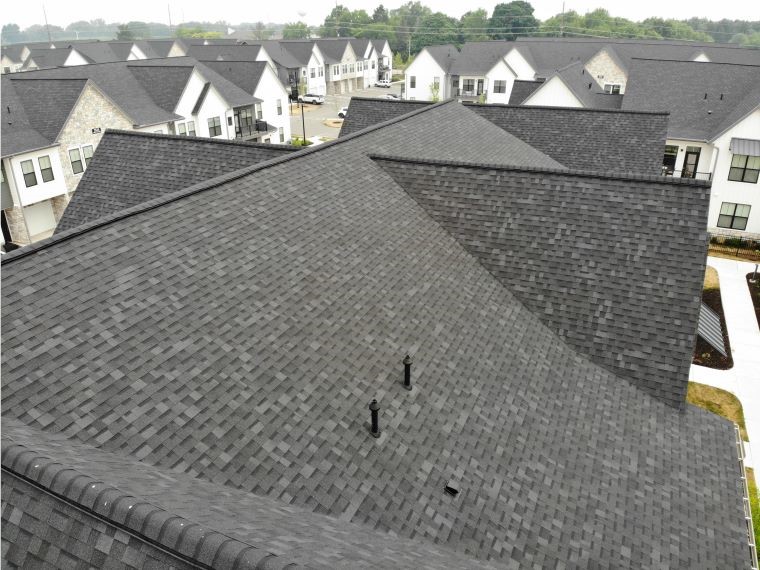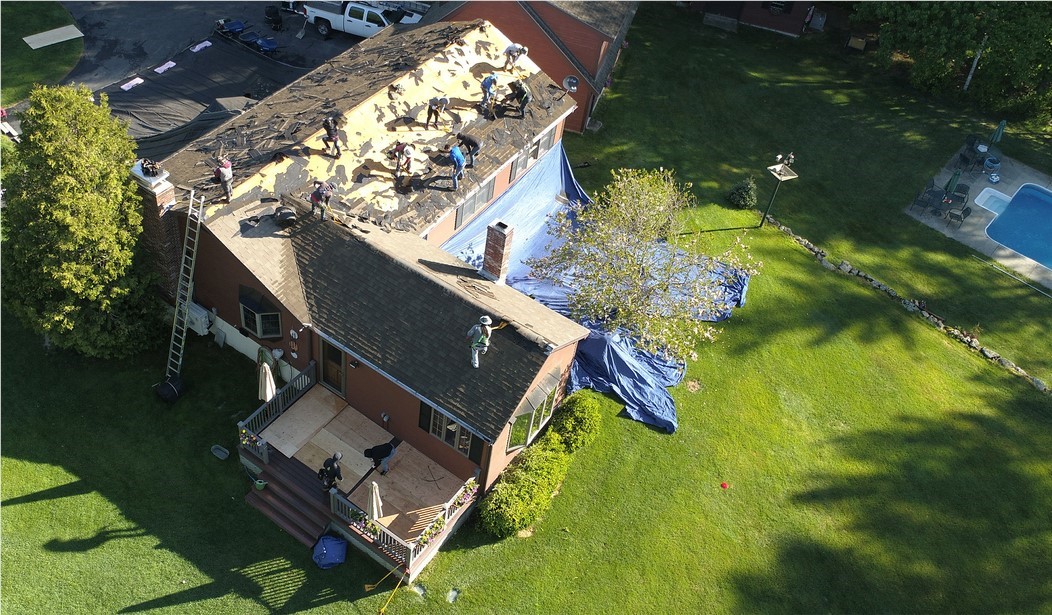Good, quality new windows should last 15-20 years, although they can last longer. Most vinyl windows, for instance, come with warranties of up to 25 years. When considering window replacement, talk to us about window installation and manufacturer warranties. They can vary based on what exactly you need so it’s good to get as much information as you can. And, while you’re at it, take advantage of our free quote.
If you know when your windows were installed, start paying closer attention to any signs you may need to replace them at around the 15-year mark. If you don’t know how old your windows are, check for signs now. There are several things you can look for on your own before calling in an expert.
Signs it’s Time for Window Replacement
Some indicators you may need new windows are pretty obvious (cracks, fogginess, sticking frames) and others are a bit more subtle (drafts, energy-bill increases) but all deserve your attention.Visual Cues
- Cracked panes or frames need to be replaced. A broken pane leaves a whole in your home until it’s replaced, so that’s an easy one to judge. A cracked or warped frame, though, might look like you can live with it for a while, even if it’s noticeable. However, a broken (whether cracked, decaying, soft, or otherwise failing) frame can render insulation useless and also warp the glass in the frame.
- Fogginess, condensation and moisture in triple- and double-pane windows generally means the seal is broken and the moisture is on the inside. Usually, this type of problem starts small and slowly gets more noticeable, but it is a sure sign of needing a window replacement.
- Difficulty opening and closing the windows or windows that won’t stay open on their own likely indicate the windows are near or past the end of their useful stage.
- Single-pane windows don’t insulate as well as double-pane windows, so you may want to consider a change. Learn more about the differences between single- and double-pane windows.
Other Signs
- Higher energy bills may indicate your windows aren’t insulating as well as they used to. Sometimes, this can be hard to notice as it’ll be a gradual change in your bills, so make sure to compare your month-to-month costs as well as year-over-year costs to determine if there’s a significant difference.
- Drafts in your home are much easier to detect during cold months. If you think you notice a draft, investigate closer and see if you can find the source. You may be able to fix this problem without a full window replacement, but if you have several drafty spots, it might mean you need new windows.
- More noise, whether it’s traffic, lawnmowers, or neighbors conversing coming in from outside, could be another sign of failing windows. Again, this is difficult to determine definitively, but if you think it’s noisier inside, there’s a good chance you’re right.
Types of Windows
There’s a lot to consider when undergoing a full window replacement. Each window type has advantages and disadvantages: Aluminum windows are the most affordable. While durable, they’re not the best choice for optimum insulation. Vinyl windows will cost a little more than aluminum, but vinyl insulates better and requires almost no maintenance. According to Remodeling Magazine’s 2020 Cost vs. Value Report, a vinyl window replacement is one of the top-10 home-improvement projects in terms of return on investment, coming in at 72.3% ROI. Wood windows also made Remodeling Magazine’s top 10 at 68.9% ROI. By far, wood windows insulate better than aluminum or vinyl. The downside is they cost more and require more maintenance. Clad windows are wood frames covered in aluminum or vinyl, giving you the superior insulation of wood and the lack of required maintenance of the other materials. Not surprisingly, clad windows are the most expensive.Get a Free Quote for Window Replacement
If you think you might be ready for new windows, contact us for a free quote. We can help assess your situation, talk about your options and figure out the best solution for your home.Subscribe to West Michigan Roofing's Blog





Comments